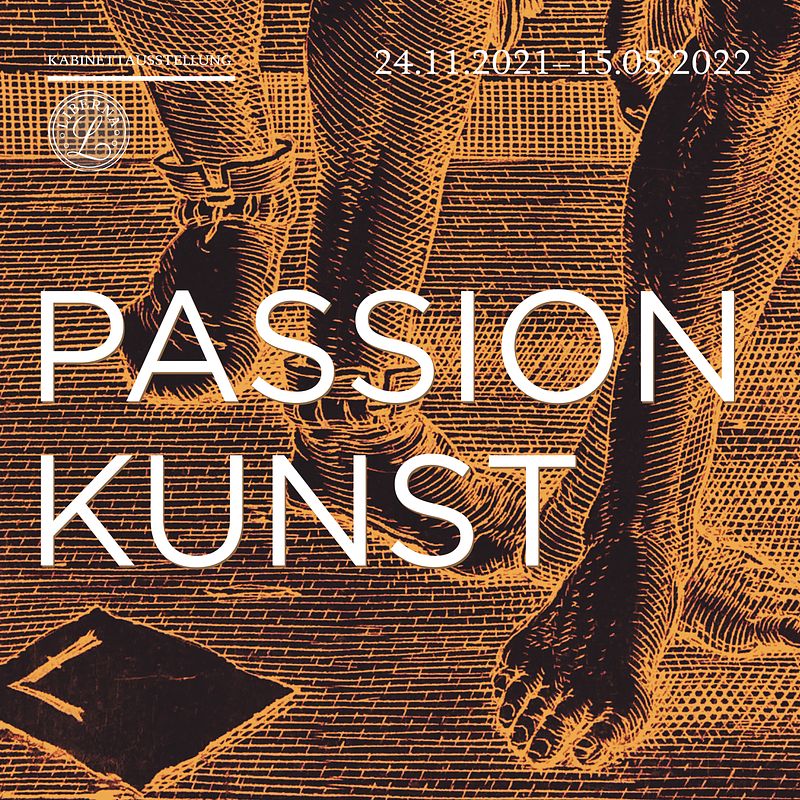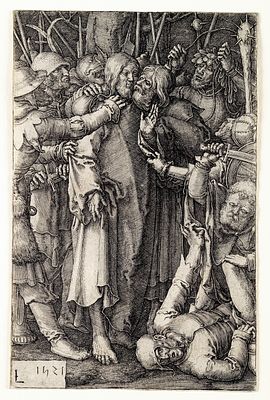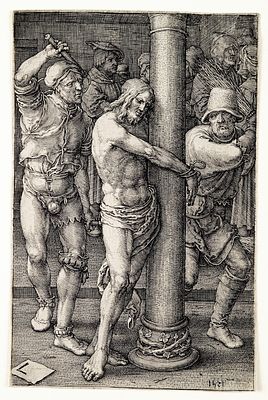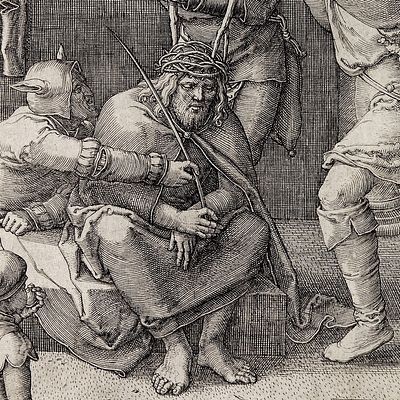PASSION KUNST
Press Text
PASSION KUNST
24 November 2021 to 5 May 2022
Draiflessen Collection
Georgstraße 18 | 49497 Mettingen
info@draiflessen.com | www.draiflessen.com
Lucas van Leyden (ca. 1494–1533) is one of the most unusual and most prominent personalities of the Netherlandish Renaissance. Similar to Albrecht Dürer (1471–1528), with whom he maintained a lively correspondence, Van Leyden concentrated on characterizing people and their behavior. With great imagination and narrative talent, along with unusual approaches and points of view, he created unconventional graphic masterpieces of universally known subjects. Above all, he strove for artistic solutions and innovations. It is no wonder that he, who was already called a “prodigy” by his contemporaries, set completely new standards, and that his work was often copied.
A 500-year anniversary
The cabinet exhibition will present Lucas van Leyden’s fourteen-part series of copperplate engravings depicting the Passion of Christ. All of the prints in this series were made in 1521, making them exactly 500 years old! Why were these engravings seen as innovative and inspiring 500 years ago, and why was Lucas van Leyden hailed as superior and unparalleled? Can we still see this relevance today? Or (re)experience it?
The art of pictorial narrative
Van Leyden mastered the high art of pictorial narration like no other. In order to intimately link the scenes, he created individual recurring characters and selected concise, close-up scenes involving only a few figures, often cropped or placed at the edges of the picture. This gave the viewers a sense of belonging. In addition, he had a tendency to add elements of the unexpected to the prints by placing scenes that deviated from established iconographic models in the foreground. Going beyond the canonically established narratives, he sometimes elevated the unspectacular to the status of the principal event. This pictorial language, which emphasized the narrative, presupposed knowledgeable, educated viewers who were familiar with the picture Bibles of the sixteenth century or had a trained eye for the juxtaposition of motifs from the Old and New Testaments.
The Passion of Christ
A high demand for images with Christian themes characterized the first quarter of the sixteenth century. This arose in conjunction with the religious revival movement known as the Devotio Moderna (Modern Devotion). Christ’s suffering, death, and resurrection formed the central themes and content of art used for personal edification and private devotion.

Passion Kunst
| © Draiflessen Collection
Download
Credits:
Lucas van Leyden, The Captivity, 1521
© Draiflessen Collection/Tuliba Collection, photo: Stephan Kube
Lucas van Leyden, The Flagellation, 1521
© Draiflessen Collection/Tuliba Collection, photo: Stephan Kube
Lucas van Leyden, Christ Crowned with Thorns (dtails), 1521
© Draiflessen Collection/Tuliba Collection, photo: Stephan Kube

Passion Kunst

Lucas van Leyden, The Captivity, 1521

Lucas van Leyden, The Flagellation, 1521

Lucas van Leyden, Christ Crowned with Thorns (detail), 1521